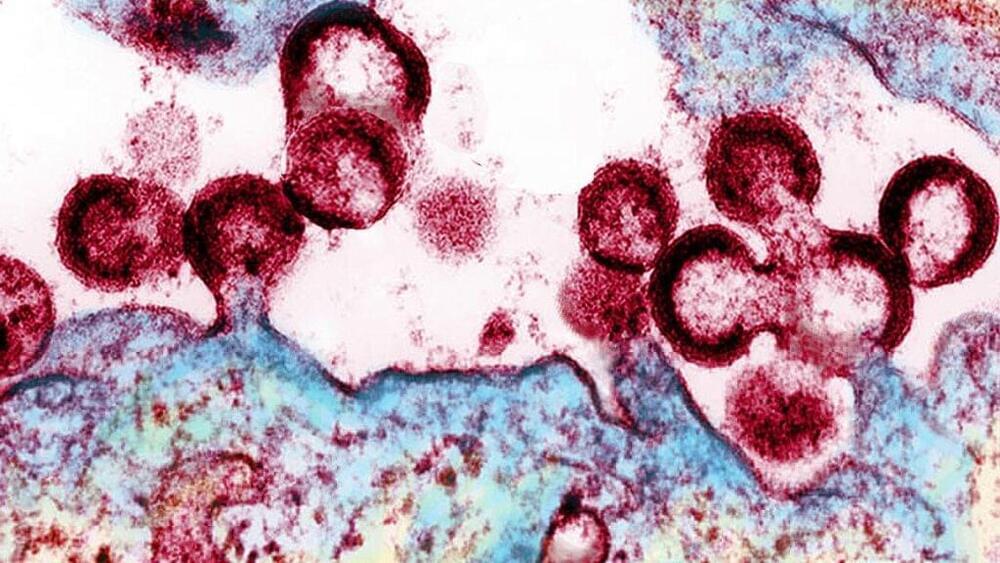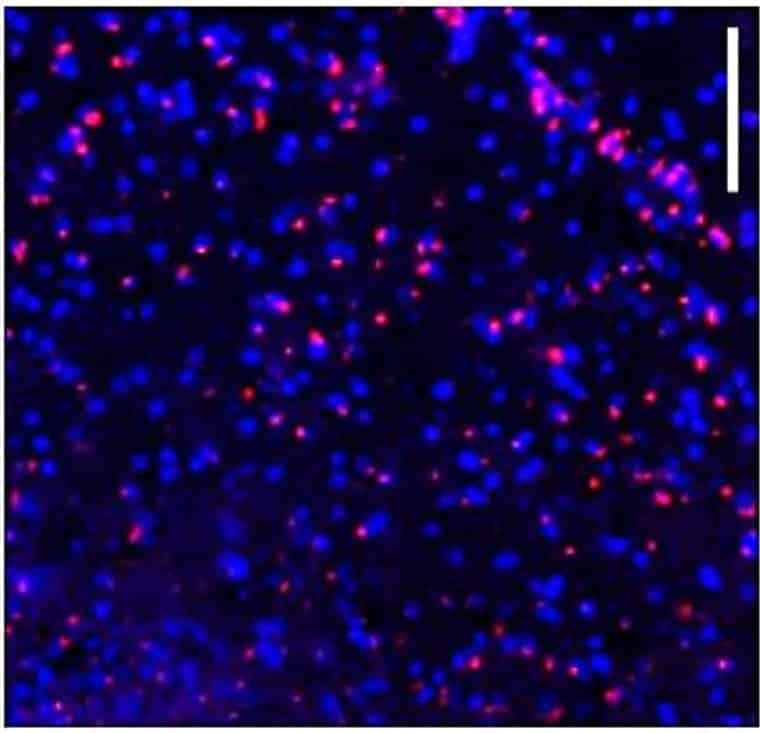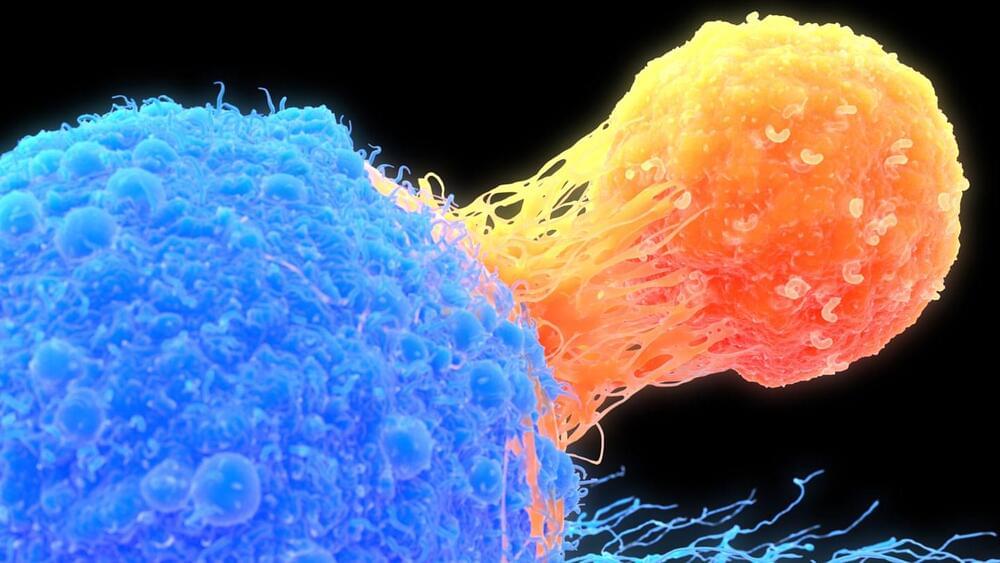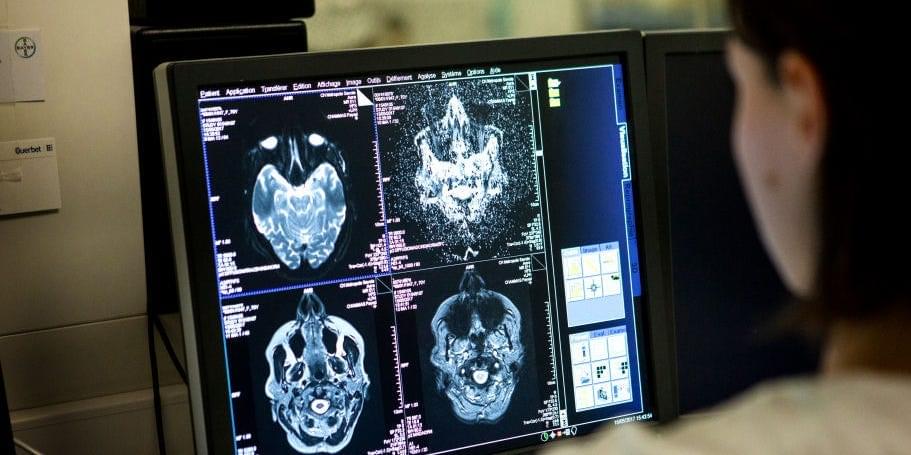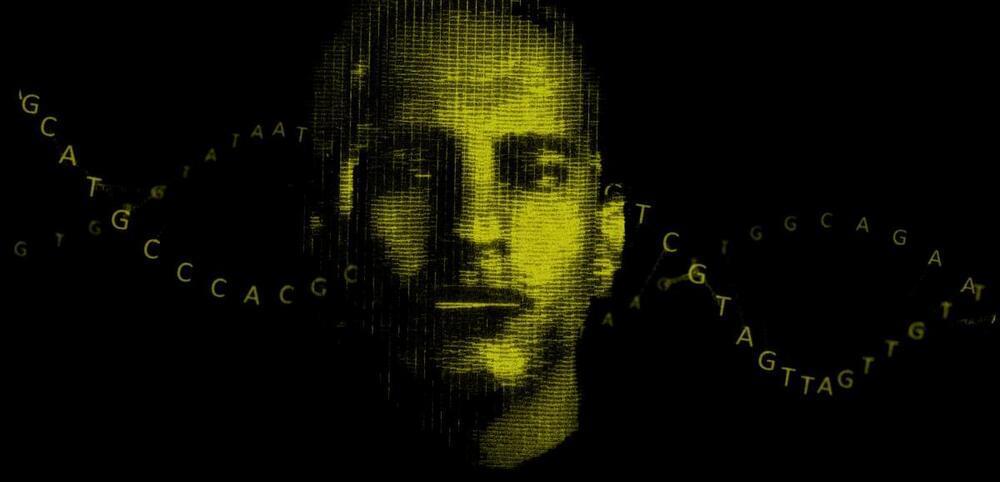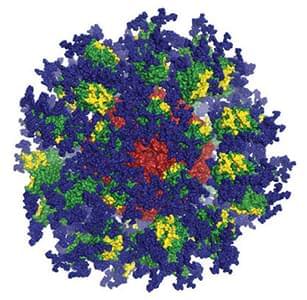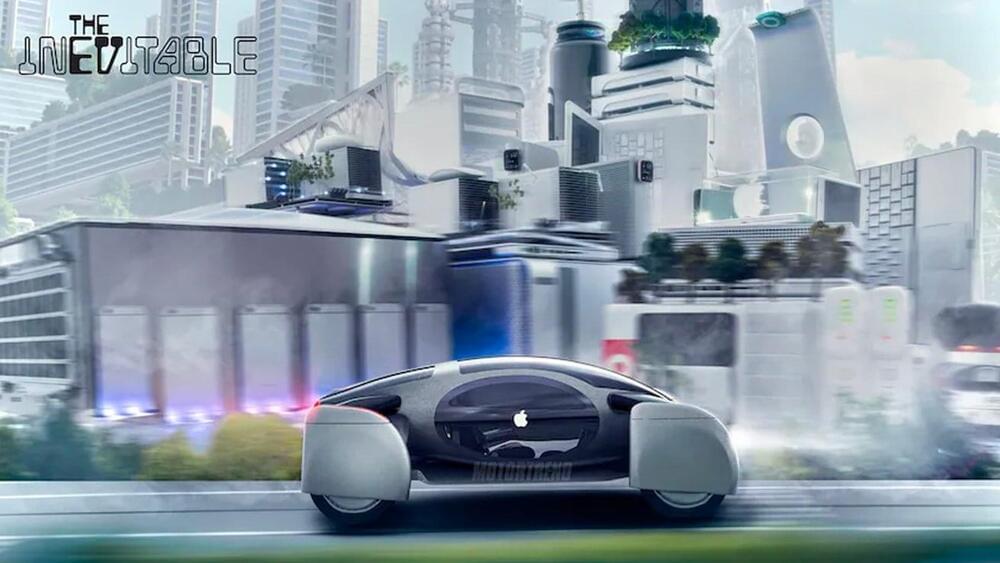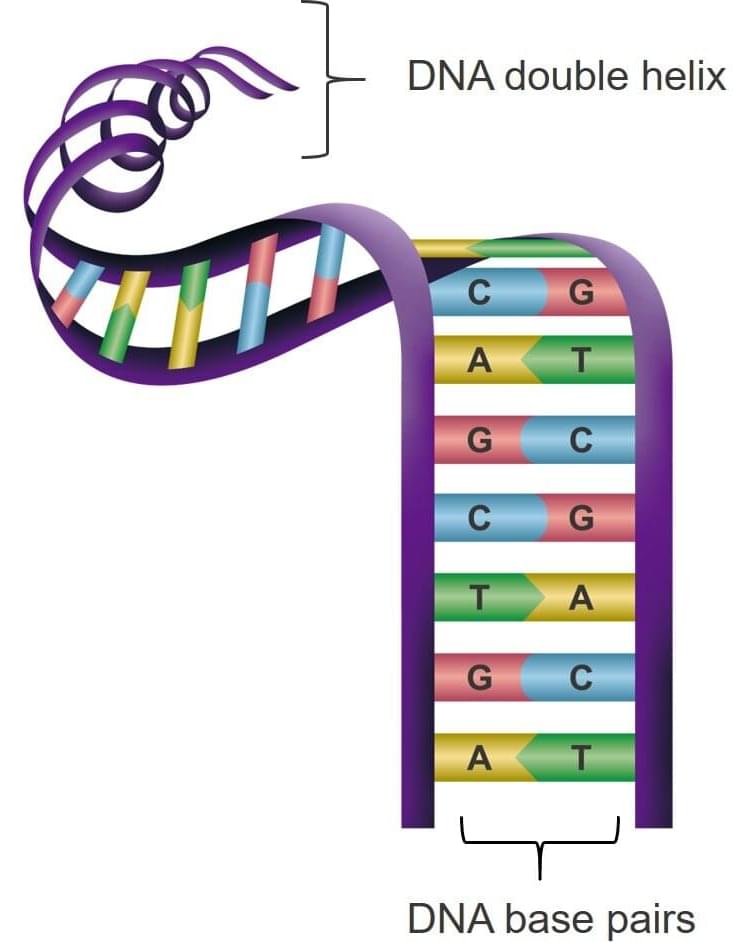Antiretroviral therapy, the standard treatment for HIV, can remove any trace of the virus from the blood, but a hidden reservoir of HIV persists in patients who are in treatment. That means patients are never truly cured and need to be on HIV drugs for the rest of their lives.
Researchers have yet to discover a way to eliminate the virus in its latent stage, but new, early-stage research suggests a landmark cancer drug — pembrolizumab, also known as Keytruda — may be able to help. In a study published Wednesday in Science Translational Medicine, researchers looked at 32 patients that had both cancer and HIV and found that pembrolizumab, which revives the immune system and encourages it to attack tumors, also has the ability to flush HIV out of its hiding spot in immune cells.
study:
https://www.science.org/doi/10.1126/scitranslmed.abl3836
New, early-stage research suggests the a landmark cancer drug could help flush latent HIV from the hidden reservoirs where it lurks.
